Lately I have been refreshing my knowledge on permaculture principals, mainly through youtube, which has an abundance of short videos. I say abundance because that word is bandied about by all who have large properties and just as large variety of plants and animals that can provide for your needs.
Those that live in the suburbs are whom I am focusing on, often again their piece of land is still on the big size of 1000sq.metres, but still it is more realistic of your average home in today's world. The word abundance is still used.
Bill Mollison started Permaculture ideals to try and stop Governments from turning this world into a dry desert though overuse of chemicals, over fishing, bad management of the use of water, and chopping down all the forests.
I am at that age where I remember him starting all this in Tasmania back in the 1970's, it seems to coincide in my mind with that wonderful show The Good Life. Thanks to him these principals are growing and being taught World Wide, and hopefully one day Governments will have in place a better way of helping this planet feed and support us.
I am at that age where I remember him starting all this in Tasmania back in the 1970's, it seems to coincide in my mind with that wonderful show The Good Life. Thanks to him these principals are growing and being taught World Wide, and hopefully one day Governments will have in place a better way of helping this planet feed and support us.
So what is Permaculture?
“Permaculture offers a radical approach to food production and urban renewal, water, energy and pollution. It integrates ecology, landscape, organic gardening, architecture and agro-forestry in creating a rich and sustainable way of living. It uses appropriate technology giving high yields for low energy inputs, achieving a resource of great diversity and stability. The design principles are equally applicable to both urban and rural dwellers” - Bill Mollison
For me this means, growing our own food without using chemicals, as vegetables, herbs, fruit trees and vines, keeping a few chickens, a worm farm, letting nature help itself against bugs, with providing habitat for birds and bees, and a source of water. Feeding the soil with organic matter including compost from the garden. Using plants as a deterrent against pests in the form of sprays. I also use the word abundance.
For me this means, growing our own food without using chemicals, as vegetables, herbs, fruit trees and vines, keeping a few chickens, a worm farm, letting nature help itself against bugs, with providing habitat for birds and bees, and a source of water. Feeding the soil with organic matter including compost from the garden. Using plants as a deterrent against pests in the form of sprays. I also use the word abundance.
Saving run off water as much as you can into tanks, using grey water where appropriate especially in times of drought. Using solar power, and energy saving appliances. Living simply and avoiding consumerism. Learning the art of making do, old fashioned home economics like cooking from scratch, preserving, mending, home crafts and DIY where appropriate. Leaving no waste.
Design Principles for permaculture is what is being taught around the world. Food Forests, Composting, Zones, Working Together and keeping things Local. If we think of ourselves and where we live as and island, nothing can come in and only what we have together is it. All food, waste, water is shared and working together in harmony and you have got it.
"If you have learned the skills to prune apple trees, mend a computer, play the guitar, cook for a crowd, entertain children, operate a printing press, fix a downpipe, draw and paint, drive a tractor, use a word processor, install a wind generator, give a massage, juggle, run a photography workshop, and build a compost bin, not only are you better able to earn a living in a variety of circumstances; YOU also become more valuable in terms of what you are able to OFFER to others "( Permaculture ; A Beginners guide )
 |
| In the Beginning- Front yard |
Food Forests: A forest having several layers of Canopies from tall trees down to the lowest ground cover, in suburbia, this means Fruit and Nut trees down to the ground of strawberries.
Zones. Zone 0 is your house or unit, 1 & 2 is your garden. Plant your kitchen garden near the kitchen, herbs being closest. Put your fruit tress further away, chickens and animals in another distance area. When you are on a huge acreage, the fruit trees are probably further than my back fence and the chickens beyond that. On you average block it makes sense to put fruit trees along the fence line and chickens near the trees.
This all coincides with replicating a Food Forest. Smaller permanent bushes like gooseberries and blueberries a bit closer, under planted with strawberries, or perennial things like leeks, scattered around with lettuces or even flowers to bring the bees. No need for long straight lines of the same thing. Think in groups and then plant a few weeks later another of the same group and you have succession planting. The Old fashioned Cottage garden.
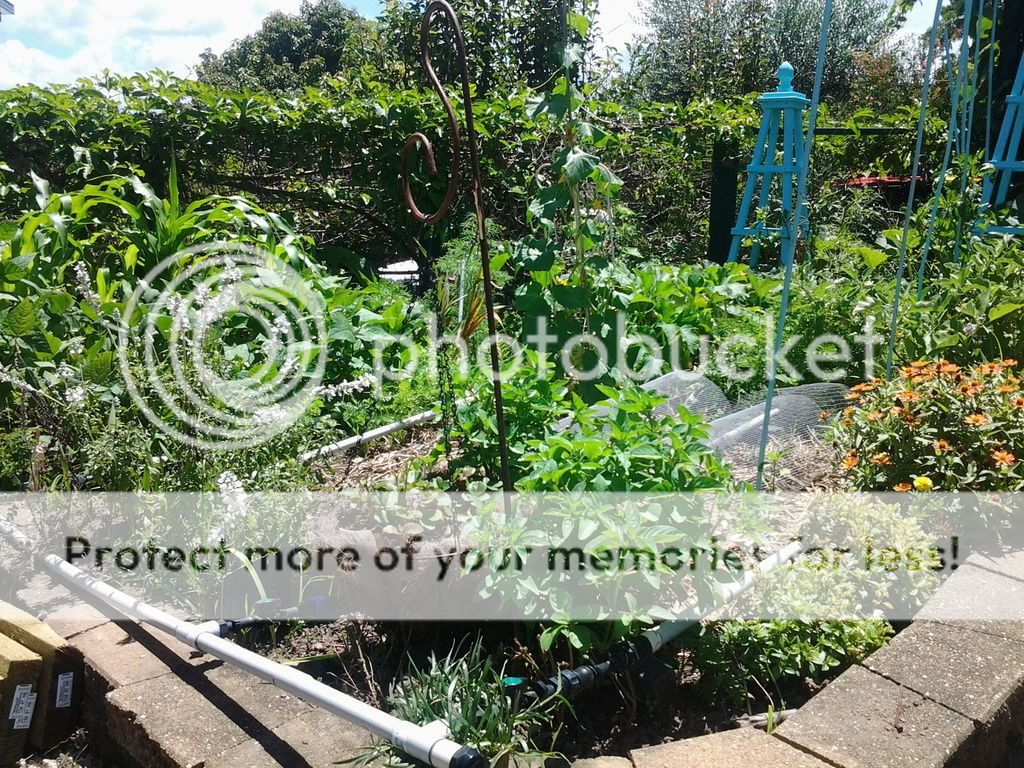 |
| Current Front Yard |
Zones 3 & 4 or more tend to get into growing your own firewood, or bamboo for structures, Nature habitats, with some fruiting vines like vanilla, or rubber trees, plants for selling in bulk like bananas, maybe even areas for a few cows or sheep. It is an area that usually suburbia is unable to do, although I use branches pruned off trees, for fencing and starting the fire in our Nectre Bakers oven, every year.
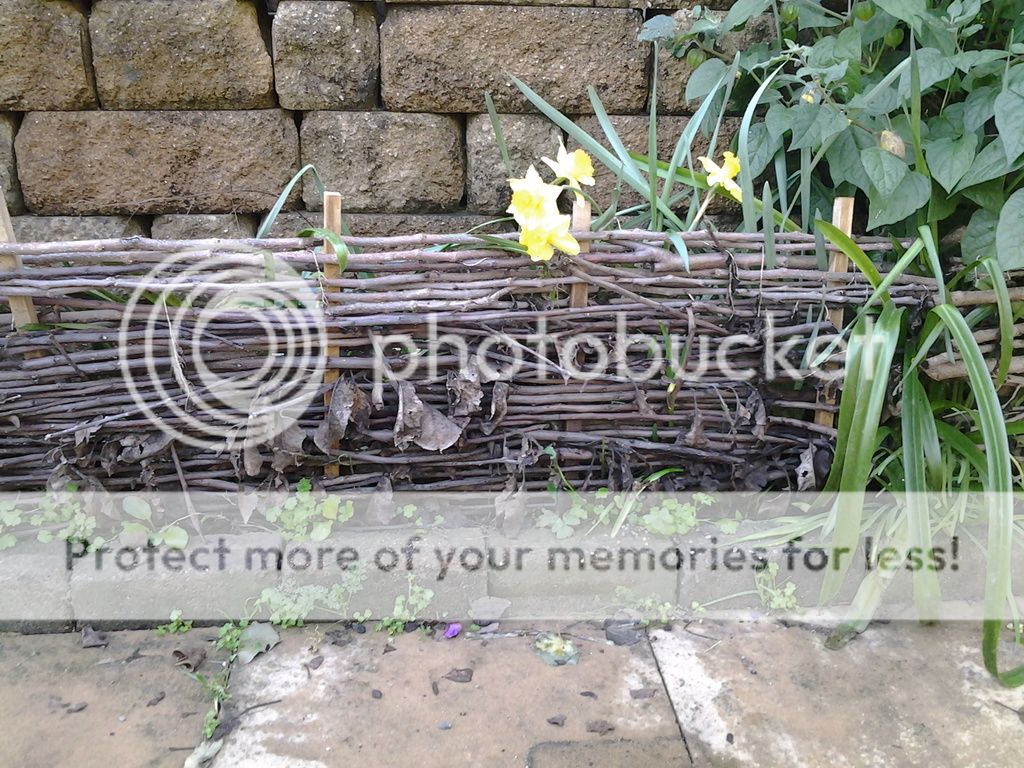 |
| Apple and Mulberry Twig fence |
To us this is looking for recycle things in the district. As an example John pulled up at a house replacing its wood fence with a metal one and ask for the fencing, which is now cut up for burning, a week later the fence next door to that also got pulled down, and now we have wood for building another potting bench for me plus extra.
We are now keeping an eye on the third fence next to the others it is also falling down lol. All for free. We buy very cheap Sugar cane mulch instead of expensive Hay. Save our own seed. Use comfrey as a mulch as well as homemade compost. All this is under permaculture, but really it is what my parents did so its a very natural thing.
Well if you read this far I am glad you stuck it out, till next time.
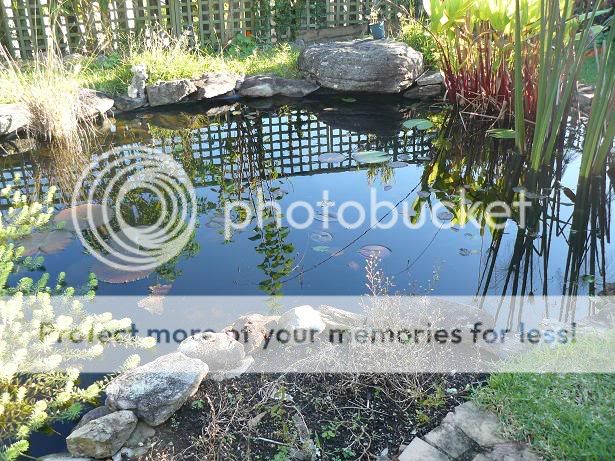
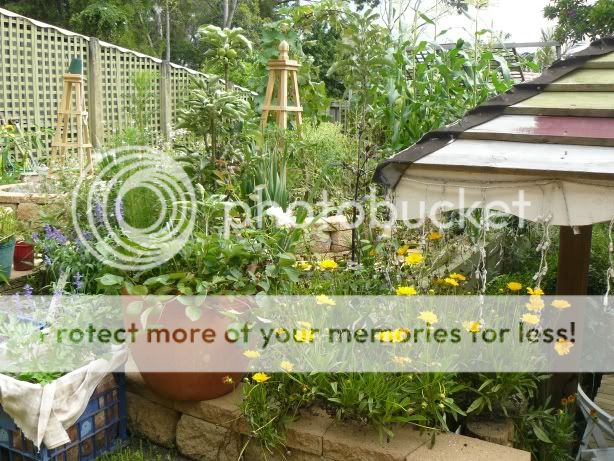
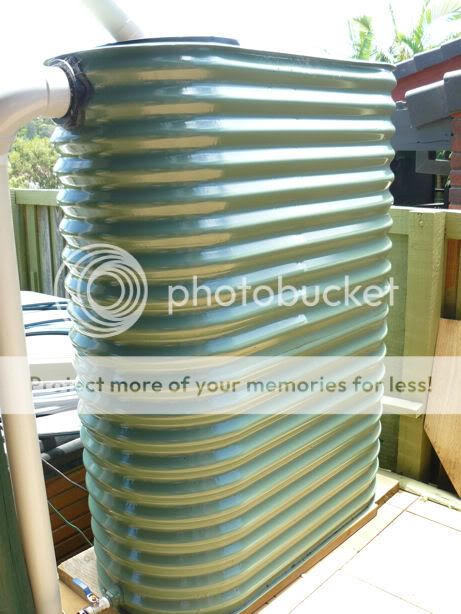
No comments:
Post a Comment
Thank you for commenting it really makes my day.